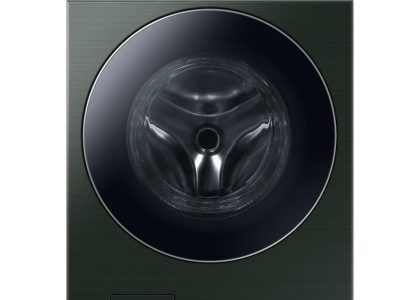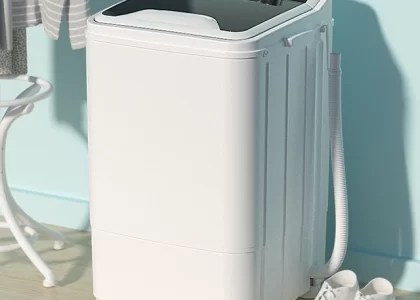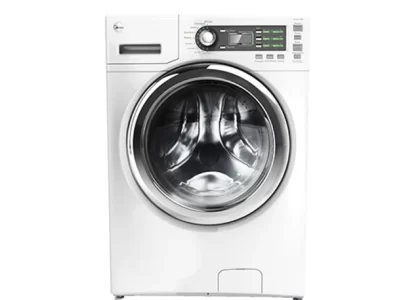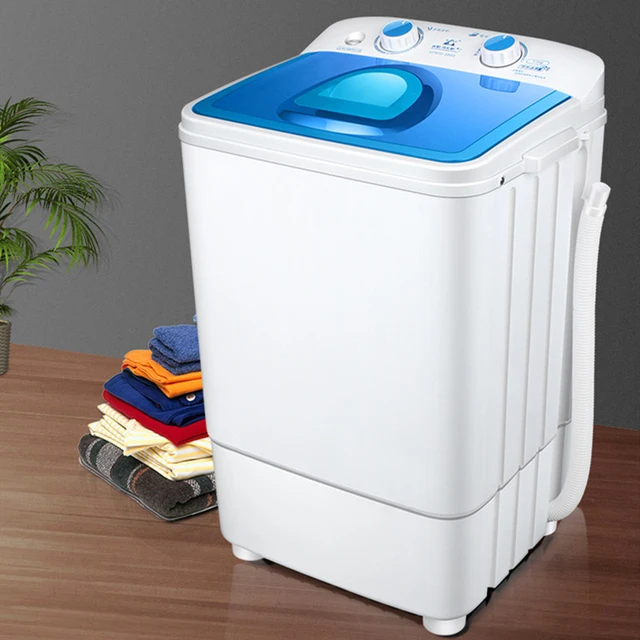 Introduction:
Introduction:
A washing machine is an essential appliance that streamlines our laundry routine. However, encountering a situation where the washing machine won’t drain or spin can be frustrating and disruptive. In this comprehensive guide, we will explore the common issues that can cause a washing machine to have draining or spinning problems. From clogged drains and faulty pumps to issues with the lid switch and belts, we will delve into the troubleshooting steps you can take to resolve the situation. By understanding these common issues and their solutions, you can get your washing machine back up and running efficiently.
Here are some possible consequences of this problem:
When a washing machine won’t drain or spin, it can lead to several potential issues and inconveniences. Here are some possible consequences of this problem:
Clothes remain wet:
The inability of the washing machine to drain or spin properly can leave the clothes soaking wet. This can be frustrating as it prolongs the drying time and may require additional effort to remove excess water manually.
Odor and mildew growth:
If water is not properly drained from the washing machine, it can lead to the development of a damp and stagnant environment. This can result in unpleasant odors and the growth of mildew or mold inside the machine, which can transfer onto the clothes and affect their cleanliness and freshness.
Damage to clothes:
When a washing machine fails to spin, it may cause clothes to bunch up or tangle, resulting in potential damage to garments. Delicate fabrics or those prone to wrinkling may be particularly affected. Additionally, if the machine does not drain properly, it may cause colors to bleed or clothes to become excessively wrinkled.
Water leakage:
In some cases, a malfunctioning washing machine may cause water to leak from the machine. This can result in water damage to the surrounding area, including the floor, walls, or nearby furniture. Water leakage can be a safety hazard and may require professional assistance to repair.
Increased energy and water consumption:
If the washing machine is unable to drain or spin, it may lead to longer cycle times and the need for additional wash cycles to properly clean the clothes. This can result in increased energy and water consumption, leading to higher utility bills.
Potential damage to the washing machine:
Continued operation of a washing machine that won’t drain or spin can put additional strain on the motor, pump, or other components. This can lead to further damage to the machine and may require costly repairs or even the need for a replacement unit.
It is important to address issues with a washing machine that won’t drain or spin promptly. Seeking professional assistance from a qualified technician can help diagnose and resolve the problem, minimizing the potential risks and consequences.
 Clogged Drain Hose or Pump:
Clogged Drain Hose or Pump:
Check the Drain Hose:
Inspect the drain hose for any kinks, twists, or clogs.
Straighten the hose and ensure it is properly connected to the washing machine and the drain pipe.
Clear Clogs:
Use a plumber’s snake or a wire coat hanger to remove any visible debris or clogs from the drain hose or pump.
Flush the drain hose with hot water to clear any remaining blockages.
Clean the Pump Filter:
Locate the pump filter, usually located at the front or bottom of the washing machine.
Place a towel or bucket underneath the filter to catch any water.
Unscrew the filter and remove any debris or obstructions. Clean it thoroughly and reinstall it.
Lid Switch Issues:
Verify the Lid Switch:
Check if the lid switch is functioning properly by opening and closing the lid.
If the washing machine does not respond to the lid being closed, the lid switch may be faulty and need replacement.
Test the Lid Switch:
Use a multimeter to test the lid switch for continuity.
If the lid switch does not have continuity when engaged, it is likely defective and should be replaced.
Faulty Drive Belt:
Inspect the Drive Belt:
Examine the drive belt located at the back of the washing machine.
If the belt is loose, damaged, or broken, it may be the cause of the machine not spinning or draining.
Replace the Drive Belt:
Follow the manufacturer’s instructions to replace the drive belt, ensuring it is the correct size and properly installed.
 Overloaded or Unbalanced Load:
Overloaded or Unbalanced Load:
Adjust the Load Size:
Overloading the washing machine can cause it to become unbalanced and prevent draining or spinning properly.
Reduce the load size and redistribute the laundry evenly in the drum.
Level the Machine:
Ensure the washing machine is level by adjusting the leveling feet.
Use a bubble level to ensure the machine is balanced and stable.
Pump or Motor Malfunctions:
Inspect the pump and motor for any signs of damage or malfunctions, such as unusual noises or burning smells.
Contact a professional technician if you suspect a problem with the pump or motor.
Seek Professional Help:
If troubleshooting steps do not resolve the issue, or if you are uncomfortable performing DIY repairs, contact a qualified appliance repair technician.
Professional expertise can help diagnose and resolve complex issues that may require specialized knowledge and equipment.
 Maintenance Tips:
Maintenance Tips:
Regular Cleaning:
Clean the washing machine drum and detergent dispenser regularly to prevent build-up and clogs.
Use a rag or sponge to wipe down the surfaces and remove any residue or debris.
Follow the Manufacturer’s Instructions:
Refer to the manufacturer’s manual for specific maintenance guidelines and recommendations.
Follow the instructions for cleaning and maintaining your particular washing machine model.
Use the Correct Detergent and Amount:
Avoid using excessive detergent, as it can cause excess suds and affect the machine’s performance.
Use the recommended amount of detergent for your load size and type of laundry.
 Conclusion:
Conclusion:
Encountering a situation where the washing machine won’t drain or spin can be frustrating, but by troubleshooting common issues, you can restore its functionality. From checking for clogged drains and faulty pumps to addressing lid switch problems and belt issues, understanding the potential causes can help you resolve the situation. Regular maintenance and following the manufacturer’s instructions for cleaning and care are essential to prevent issues from occurring in the first place. Should troubleshooting steps not resolve the problem, contacting a professional technician is recommended. By taking these steps, you can ensure an efficiently running washing machine that meets your laundry needs.




